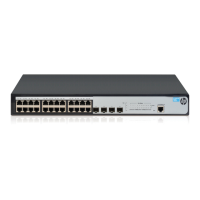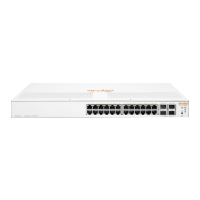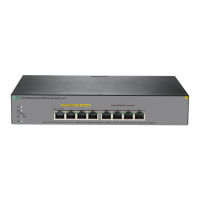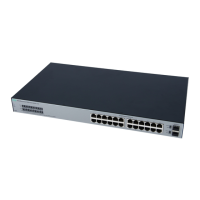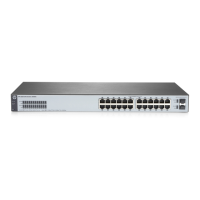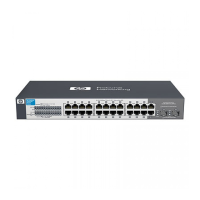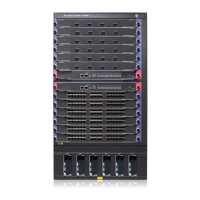191
Root port
On a non-root bridge, the port nearest to the root bridge is the root port. The root port communicates with
the root bridge. Each non-root bridge has only one root port. The root bridge has no root port.
Designated bridge and designated port
Classification Desi
ort
For a device
A device directly connected to the local
device and responsible for forwarding
BPDUs to the local device.
The port through which the designated
bridge forwards BPDUs to the local
device.
For a LAN
The device responsible for forwarding
BPDUs to this LAN segment.
The port through which the designated
bridge forwards BPDUs to this LAN
segment.
As shown in Figure 178, Device B and Device C are connected to the LAN. AP1 and AP2, BP1 and BP2,
and CP1 and CP2 are ports on Device A, Device B, and Device C, respectively.
• If Device A forwards BPDUs to Device B through AP1, the designated bridge for Device B is Device
A, and the designated port of Device B is port AP1 on Device A.
• If Device B forwards BPDUs to the LAN, the designated bridge for the LAN is Device B, and the
designated port for the LAN is the port BP2 on Device B.
Figure 178 Designated bridges and designated ports
NOTE:
nated ports.
Path cost
Path cost is a reference value used for link selection in STP. STP calculates path costs to select the most
robust links and block redundant links that are less robust, to prune the network into a loop-free tree.
How STP works
The devices on a network exchange BPDUs to identify the network topology. Configuration BPDUs
contain sufficient information for the network devices to complete spanning tree calculation. A
configuration BPDU includes the following important fields:
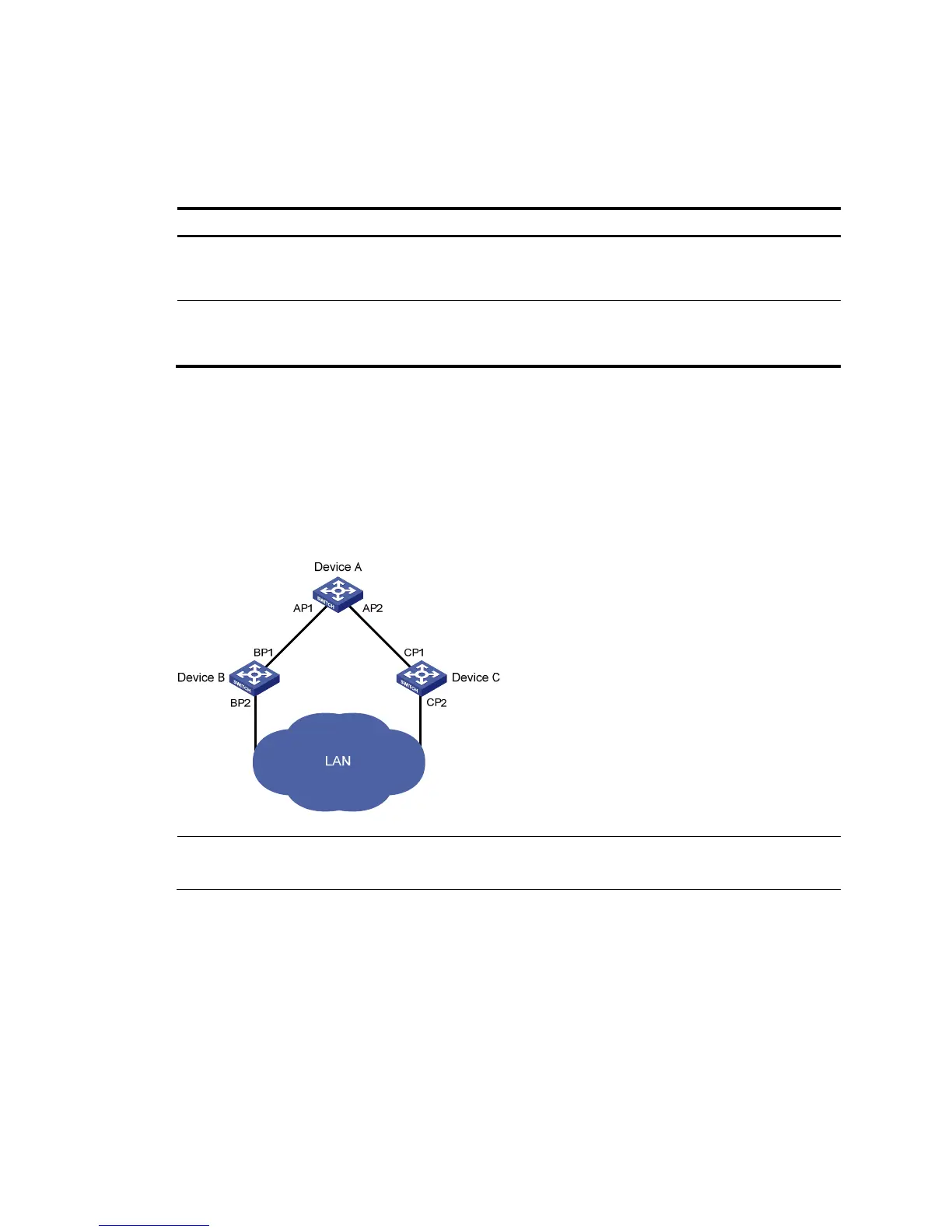